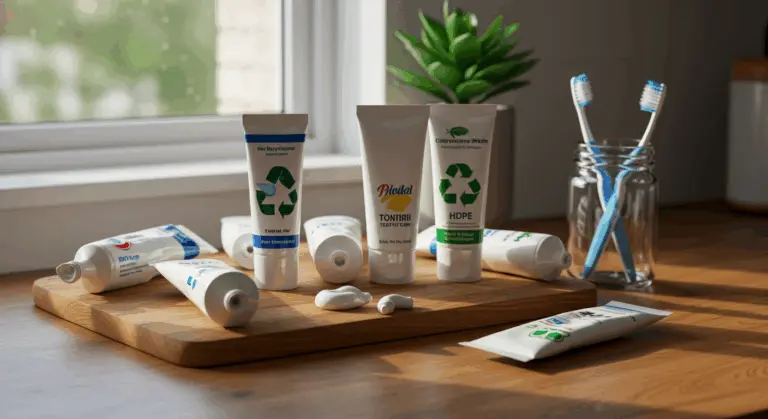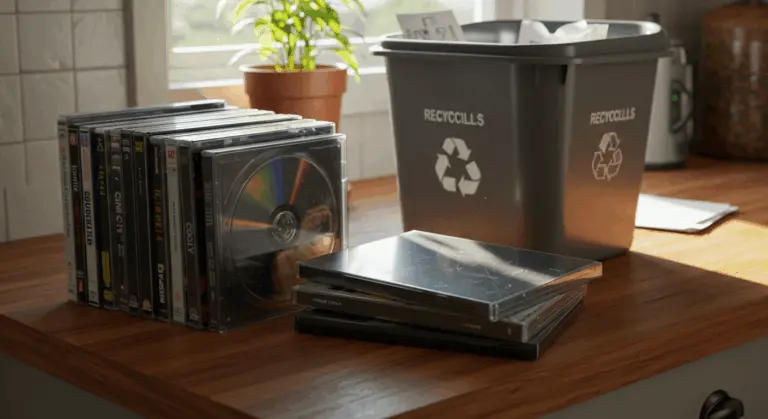Understanding Pillow Donation – Why It Matters
While donating pillows may seem like a small act, it makes a meaningful difference in multiple ways:
-
Providing Comfort: A proper pillow offers essential comfort to individuals in homeless shelters and to animals in rescue centers.
-
Reducing Waste: It keeps textiles out of landfills, where they account for a significant portion of waste. This extends the life of your pillows in a meaningful form of recycling.
-
Supporting Communities: Donations help organizations with limited budgets allocate their resources to other critical needs while still ensuring comfort for their clients.
The key is donating responsibly. Only pillows that are freshly laundered, structurally sound, and allergen-free should find their way to recipients—ensuring both health and safety standards are met.
What begins as a simple act ultimately generates far-reaching benefits for both communities and our planet.
Best Places to Donate Pillows
Although major donation centers like Goodwill typically refuse used pillows due to sanitary protocols, many other organizations are happy to accept them.
Before making the trip, always contact the organization to verify their current pillow acceptance policy. These guidelines shift frequently based on demand and storage capacity.
-
Homeless shelters and community centers
-
Animal shelters and wildlife rehabilitation centers
-
Creative reuse centers that repurpose materials for art projects.
-
Local daycares, which often have strict cleanliness requirements.
When your pillows have passed their donation prime, try repurposing them creatively instead of throwing them away.
Animal Shelters and Veterinary Clinics
Animal shelters and veterinary clinics are excellent places to donate, given their perpetual need for soft bedding materials that bring comfort to animals under their care.
Synthetic pillows filled with polyester fiber work best here. Steer clear of down or feather varieties—they can trigger allergic reactions or create choking hazards should the fabric covering fail.
To prepare your pillows for donation:
-
Wash all pillows thoroughly in hot water to eliminate allergens, dust mites, and bacteria
-
Dry completely to prevent mold or mildew growth
-
Check for any tears or damage that might allow stuffing to escape
-
Remove any decorative elements like buttons or zippers that could be swallowed
Many facilities maintain updated wish lists on their websites, making it easy to check if they need pillows.
Homeless Shelters and Community Centers
Homeless shelters and community centers rely heavily on donations to provide basic comfort to individuals navigating housing instability.
-
Recently laundered at high temperatures to eliminate potential bed bugs or allergens
-
Free from stains, tears, or excessive wear
-
Covered with a clean pillowcase if possible
-
Non-allergenic materials (synthetic fills are often preferred over feather)
These facilities might incorporate pillows into their residential programs or distribute them to families making the transition into stable housing.
Online Donation Platforms
Online platforms connect you directly between donors and those in need—particularly valuable when local donation opportunities prove scarce.
Popular platforms include:
-
Free cycle Network: A nonprofit for giving items directly to people in your community.
-
Buy Nothing Project: Local Facebook groups for gifting items to neighbors.
-
Next-door: A neighborhood-focused platform to offer items to nearby residents.
-
Craigslist & Facebook Marketplace: List pillows in the “free” section for local pickup.
When utilizing these platforms, provide honest descriptions alongside clear photographs showcasing your pillows’ actual condition. Stay safe by arranging public meeting spots or implementing contactless pickup arrangements.
Services like Donation Town can also connect you with local charities that accept pillow donations and may even offer pickup.
Quality standards still apply—pillows must arrive clean and well-maintained. These platforms often provide the added satisfaction of knowing precisely who benefited from your thoughtful gesture.
Recycling Options for Old Pillows
When pillows become too deteriorated for donation, recycling is an eco-friendly option. Standard curbside recycling bins won’t accept pillows, but specialized options do exist.
Specialized textile recycling services can give your old pillows a new purpose:
-
American Textile Recycling Service (AIRS) – This organization operates collection bins in multiple states and accepts various textile items including pillows
-
Local textile recycling facilities – Some communities have dedicated textile recycling centers that accept pillows and other bedding items
-
Mail-in recycling programs – Services like Terra Cycle offer mail-in options for hard-to-recycle items, sometimes including pillows and bedding
Recycling keeps these bulky items out of landfills while reducing microplastic pollution from synthetic fillings and preventing methane emissions that occur during decomposition.
Different materials require different recycling methods. Down feathers often qualify for composting once separated from their covers, while certain facilities process synthetic pillows through specialized systems.
Before pursuing recycling options, reach out to your local waste management authority to explore specific textile recycling programs available in your community.
Creative Ways to Repurpose Old Pillows
Before throwing old pillows away, try these creative ways to give worn bedding a second life:
Transform them into durable garden keepers or outdoor cushions by reupholstering with weather-resistant fabric.
Refresh their appearance with attractive fabric to craft stylish throw pillows that match your home’s style.
Old pillows excel as pet bedding. Simply position a clean pillow within a pet bed or crate to create an inviting resting sanctuary.
Arrange multiple pillows across the floor to establish a cozy reading retreat or casual seating arrangement for social gatherings.
Extract filling from deteriorated pillows to stuff homemade cushions, toys, or draft stoppers. Clean down or feather filling also serves birds well for springtime nest construction.
Natural fibers—cotton, wool, and feathers—integrate beautifully into compost systems. Shred materials into small fragments to accelerate decomposition and enrich the soil.
Upcycling Ideas for Pillows
Pillow stuffing is surprisingly useful for addressing practical household needs.
Convert old pillows into comfortable floor beds by clustering several together and draping them with attractive fabric covers or sheets. This approach creates inviting reading nooks, meditation spaces, or supplementary sleeping areas for guests—all at virtually no cost.
Gardening enthusiasts can repurpose old pillows into protective kneeling pads for outdoor work. Simply fold the pillow in half, secure the edges with stitching, and encase it in waterproof fabric.
Pet owners might craft custom beds by reshaping old pillows to accommodate their pet’s dimensions and sleeping preferences. Add a washable cover constructed from sturdy fabric, and your companion will enjoy comfortable rest infused with your familiar scent—something many animals find deeply reassuring.
Consider utilizing the filling as insulation for drafty spaces. Pack the material into fabric tubes to fashion draft excluders for doors and windows, or employ it to insulate compact garden structures.
When to Dispose of Old Pillows
Knowing when to replace pillows is important for maintaining both health and comfort. Warning signs include persistent lumps, pronounced flatness, or stubborn stains and odors that survive washing attempts.
Should you awaken with unexplained congestion or itchy eyes, your pillow may harbor accumulated dust mites and other allergens. Sleep specialists typically recommend pillow replacement every 1–2 years.
Before disposal, evaluate whether a pillow might serve alternative purposes. However, severely flattened, torn, or moldy pillows warrant responsible disposal as the most appropriate option.
For environmentally conscious disposal, natural fiber fillings—down, cotton, wool—integrate well into composting systems. Specialized textile recycling programs may accommodate synthetic pillows.
Should regular waste disposal become necessary, consult your local waste management authority first. Many regions maintain specific protocols for textile disposal worth following.




